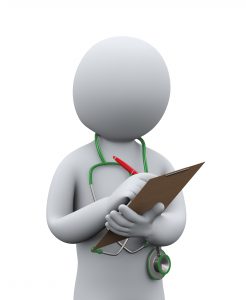 The clinical assessment of Spasticity involves taking a detailed history and carrying out a comprehensive examination.
The clinical assessment of Spasticity involves taking a detailed history and carrying out a comprehensive examination.
Enquire about:
- Pain or spasms including spasm frequency or severity scores (e.g. Penn Spasm Frequency Scale).
- Associated restrictions or limitations in function including the impact on:
- Skin care and cleansing.
- Dressing difficulties.
- Seating, transfer and mobility restrictions.
- Previous treatment measures including physical therapies, seating changes, medication. Note which of these were effective.
- If the spasticity is new or has changed in pattern, consider potential aggravating factors, including:
- Changes in pain pattern.
- Changes in continence.
- Any new skin lesions.
Examination
a. Baseline neurological examination.
b. Posture – what is the position at rest?
c. Tone can be defined using a combination of The Modified Ashworth Scale and The Joint Range of Movement:
- The Modified Ashworth Scale for grading Spasticity:
| SCORE | DESCRIPTION |
| 0 | No increase in muscle tone. |
| 1 | Slight increase in muscle tone, manifested by a catch and release, or by minimal resistance at the end of the range of motion when the affected part(s) is moved in flexion or extension. |
| 1+ | Slight increase in muscle tone, manifested by a catch, followed by minimal resistance throughout the remainder (less than half) of the range of movement (ROM). |
| 2 | More marked increase in muscle tone through most of ROM, but affected part(s) easily moved. |
| 3 | Considerable increase in muscle tone, passive movement difficult. |
| 4 | Affected part(s) rigid in flexion and extension. |
- Joint Range of Movement. Use either:
- Angular measures of the extent to which the range is limited using “neutral” as a descriptor (e.g. elbow extension limited by 30⁰ from neutral, dorsiflexion limited to 15⁰ below neutral).
- Separation distances (e.g. how closely can finger and palm be approximated; finger-palm distance).
d. Reflexes.
e. Measures of freedom or agility of movement including:
- Dexterity e.g. nine hole peg test.
- Gait e.g. timed 10 meter walk.